What’s your favorite apple? I have many favorites: Braeburn, McIntosh, Snow, Northern Spy, Wolf River, Cortland, or Cox’s Orange Pippin. I don’t think there’s an apple I don’t like, though I have to admit I’m not partial to Granny Smith. Here are a few I’ve tried and enjoy regularly.
One apple I’ve never considered trying, probably because I’ve never heard of it before now, is the Black-Skinned apple. In fact, there are two varieties. One grows in Tibet and the other in Arkansas. When you think about it, the concept of a black apple might be associated with a fairy tale. Perhaps Snow White’s stepmother actually gave her a Black-Skinned apple?
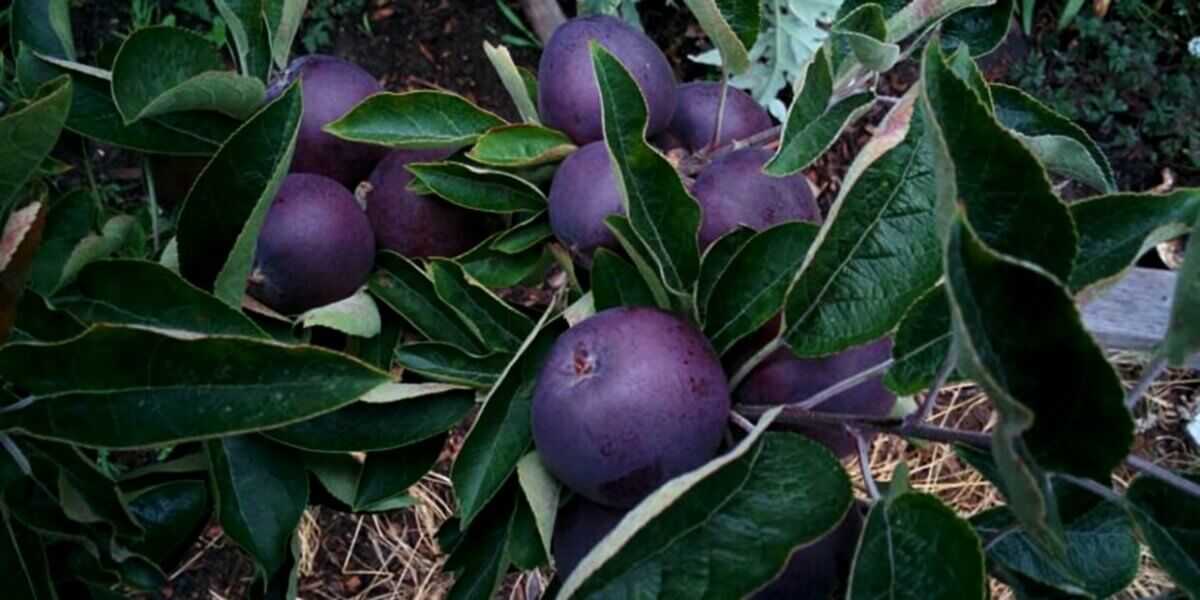
Fairy tales aside, it’s very tasty if you have the luck of finding one. It’s also both rare and expensive, like $20 an apple! Certainly not something you want to purchase in large quantities.
Black-Skinned Apple From Tibet
It’s unlikely you’ll have access to these rare treats, as this variety of apple is from the family of Huaniu apples (Chinese Red Delicious) which only grows around the small city of Nyingchi in the mountains of Tibet. Known as the Black Diamond apple, the skin isn’t really black, but rather a dark hue of purple, and the flesh inside is white like most other apples — I say most because there are some apples (like Honeycrisp, Braeburn and the Golden Delicious) that have an off white, slightly yellow-colored flesh. The dark skin color is a result of the quantity of ultraviolet light in this geographic area and the dramatic fluctuation of temperature at night.
Black-Skinned Apple From Arkansas
If you don’t live in Tibet and you don’t plan on visiting this geographic area, chances are you’ll never have the pleasure of trying the Tibetan Black-Skinned apple. However, there is a U.S. variety. The Arkansas Black apple has a very dark skin tone; much darker than the deepest red of a Red Delicious.
More than 70 percent of the black apple product, in either Tibet or Arkansas, never makes it to market, and the reasoning is simple. These apples age well, like a fine wine, and the Arkansas Black is descended from the Winesap apple (a heritage apple from colonial days as far back as the 18th century) which also ages well. In fact, a black apple is not an apple one would pick off the tree and eat right away. They’re much too sour and bitter when first harvested. Plus, they’re rock hard — definitely not good for the teeth. Put theses apples away for several months (as far in the future as the next growing season). The taste and texture will be worth the wait. Sweet and firm, this well-aged apple sports a hint of cherry, cinnamon, vanilla, almond, and even coriander.
Related Post: Homestead Stories: Skeleton Flowers
History of the Arkansas Black Apple
The Arkansas Black apple was first discovered in Bentonville, Arkansas around 1870 when orchards started to cultivate this variety. By the 1920s, about 20 percent of the Arkansas apple yield was black apples. Unfortunately, it was besieged by moth infestations in the late 1920s. Between the need for costly management and the beginning of the Great Depression, commercial production of the Arkansas Black apple hit a standstill. Some families were able to care for their Arkansas Black apple trees, allowing for home cooking and preserving, but commercial supply was nonexistent. More recently, local chefs have taken a renewed interest in this heritage apple and sought suppliers so they could add this unique fruit to desserts and savory dishes, as well as paired with specific cheeses.
This renewed interest helped rejuvenate a popular heritage fruit. Now Arkansas Black apples can be found in some northwest Arkansas commercial outlets from as early as November until well into February, having been harvested in late summer to allow a few months storage time to soften and sweeten the fruit. The hue varies from almost ebony to a deep dark red color.
An Unreliable Investment
This rare apple continues to be an insecure investment for local apple growers. It takes 5 to 8 years before a tree bears fruit. Also, the apples have not proven themselves on the international market as have the more popular and prolific varieties like the MacIntosh, Royal Gala, Empire, and others. With the added issue of having to age the apples before consuming them, it is difficult to initiate an international commercial campaign for the Black-Skinned apple.
Black-Skinned Apple Nutrients
Like all apples, the Black-Skinned apple is high in fiber (usually about 4 grams per apple). One apple is about 100 calories and is both filling and satisfying, so it makes a great snack food. These apples contain the flavonoid identified as epicatechin which reduces blood pressure and promotes a healthy heart. Studies have also shown them to be anti-inflammatory. All apples, including the Black-Skinned apple, are one of the healthiest natural foods available — hence the saying “an apple a day keeps the doctor away.”
Black-Skinned Apple Recipes
You can never have enough apple recipes, whether for Black-Skinned apples, or any other variety. Black-Skinned apples are expensive (in China, they’re sold in specialized gift boxes like high-end chocolates), but if you luck into a crop, you may want to try some these delectable apple recipes. These rare apples are particularly popular in cobblers and pies and, yes (once aged) for eating raw.
Here are a couple of recipes that would do well with this rare variety of apple. Just make sure you don’t use it right off the tree. Arkansas Black apples are picked in late summer and stored until November before using. If you can’t find Black-Skinned apples in your area, try substituting a local variety that is also firm and sweetly tart like Granny Smith or Cortland.
Arkansas Black Apple Pie With Caramel Sauce
Crust (Double)
- 1 cup shortening or lard
- 2 cups all purpose flour
- Pinch of sea salt
- 4 tablespoons cold water
Add sea salt to flour and using a pastry knife, cut in the shortening or lard. Add the water and continue to blend with pastry knife until it sticks well together (add more water or flour as needed). On a lightly floured surface, roll out half the pastry dough. Line one 9-inch pie plate. Roll out the remaining half of pastry dough and set aside while you make the filling.
Filling
- 5-6 Arkansas Black apples, washed, peeled, and sliced thin
- 1 tablespoon fresh lemon juice (1 lemon) or apple cider vinegar (this helps maintain the fresh white color of the apple)
- 2 cups granulated sugar
- 1/4 cup all purpose flour
- 1 teaspoon ground cinnamon
- 1/2 teaspoon ground nutmeg (preferably fresh)
- 1/4 teaspoon ground allspice
- Pinch of sea salt
Mix all apple ingredients together in a bowl and spread evenly over the prepared pie crust. Chop up 1/4 of cup cold butter and sprinkle over the top. Cover with remaining prepared pie dough. Seal around the edges and cut slits at the top to allow the steam to escape. Whisk one large egg and 1/2 teaspoon cold water together in a small bowl. Brush over the top of the pie crust and sprinkle with 2 tablespoons of granulated sugar. Bake the pie in preheated, 425-degree Fahrenheit oven for 15 minutes. Turn the temperature down to 375 degrees and bake an additional 45 minutes to an hour, or until the pastry is golden brown. Remove from the oven and allow to cool while you prepare the caramel sauce.
Arkansas Black Apple Cinnamon Crepe With Caramel Sauce
Ingredients
- 6-8 basic sweet crepes, warm
- 2 medium-sized Arkansas Black apples (or alternate baking apple), washed, peeled, cored, and sliced
- 1/4 cup coarse maple sugar (or brown sugar)
- 1 tablespoon cold water
- 1/2 teaspoon cinnamon
- 1 tablespoon coarse maple sugar (or brown sugar)
To Prepare the Sweet Crepes
- 3 eggs
- 1½ cups all purpose flour
- Pinch of sea salt
- 1/4 cup finely ground maple sugar (or brown sugar)
- 1 cup of rice milk
- 2 tablespoons extra light olive oil
In a large mixing bowl, beat eggs well. Gradually add the dry ingredients alternating with the rice milk and extra light olive oil. Beat until smooth (batter may be cooked immediately or refrigerated in a covered container for up to three days.) You may use an electric crepe maker or a flat, 10-inch frying pan. If using an electric crepe maker, follow directions for that appliance. If using the 10-inch frying pan, coat lightly with extra light olive oil. Place over medium-high heat. Pour 2 tablespoons of batter into the pan while holding it just above the heat. Immediately tilt the pan in all directions, swirling the batter so that it covers the bottom of the pan in a very thin layer. This must be done quickly before the batter overcooks.
Replace pan on the heating unit and continue to cook over medium-high heat. As crepes cook, they lose their glossy appearance and the edges and top become dry. The finished crepe will be slightly browned on the underside. Loosen the crepe with a spatula and turn over. Cook the other side for a few seconds, and remove from pan with a spatula.
Filling
In a medium-sized saucepan, cook together apples, maple sugar (brown sugar) and cold water over low heat until apples are tender. On individual large plates, lay a warm sweet crepe. Spoon the apple mixture down the center of each crepe. Fold over sides. Sprinkle with cinnamon and the remaining tablespoon of maple sugar (or brown sugar). Add a spoonful of caramel sauce. Serve immediately. Makes eight servings.
Caramel Sauce
- 1 cup brown sugar
- 4 tablespoons butter
- 1/2 teaspoon sea salt
- 1/2 cup milk
- 1 tablespoon vanilla flavoring
Combine all the ingredients in a medium saucepan and cook over medium heat until thickened. Take off the heat and allow to cool. Use as desired on the apple pie or over the crepes.




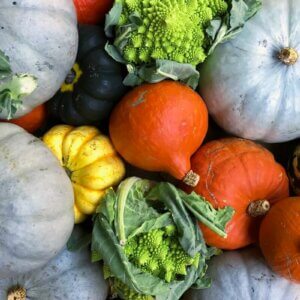
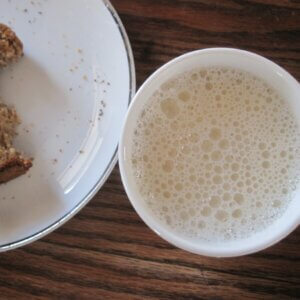









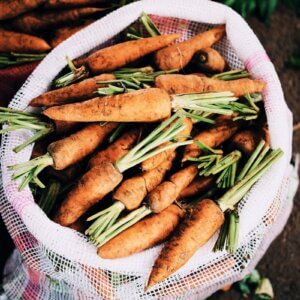




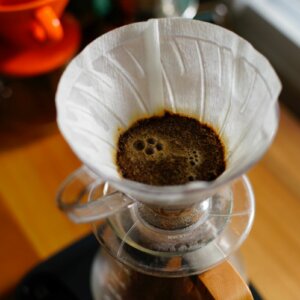



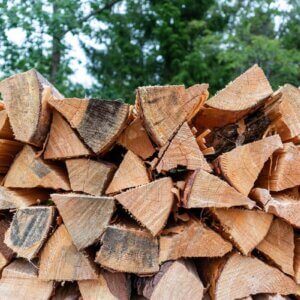





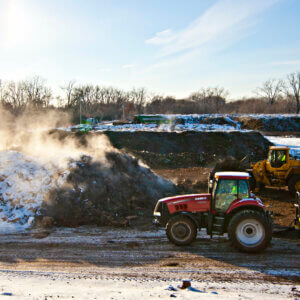




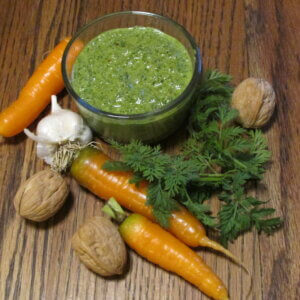




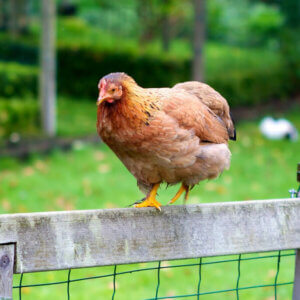

Leave a Reply